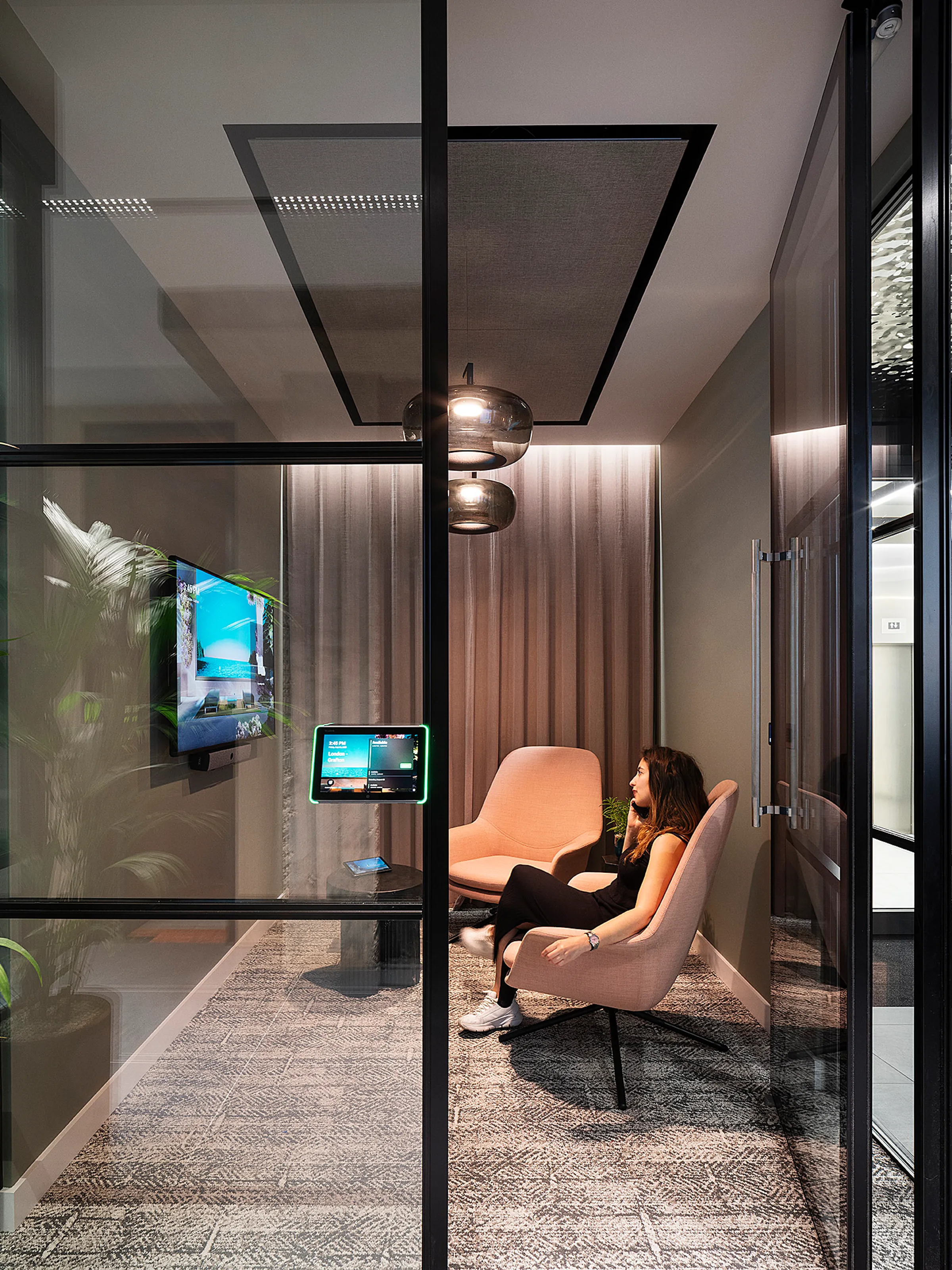The Anatomy of a Furniture Consultant’s Toolkit
A furniture consultant’s toolkit goes far beyond the tangible, encompassing a range of skills, approaches, tools, and expertise that enable the subtle balancing art of combining aesthetics, practicality, and vision.


Written by
Fritha Selwyn-Jones
Contents
The role of a furniture consultant is more complicated than simply selecting pieces that fit a space and make it look good. The impact of furniture in a workspace extends beyond its primary function, serving to optimise productivity, provide flexible, changeable spaces, make rooms feel bigger, and reinforce brand identity.
Design insights, client psychology, and ergonomics interplay with sustainability, cultural influences, and ethical considerations. A furniture consultant needs to wield all of these tools to reimagine a furnished interior that is greater than the sum of its parts.
In this article, we’ll delve into the toolkit of a furniture consultant and examine the skills, approaches, expertise, and tools used to create aesthetic, functional furniture design that meets the brief.
Crafting a Vision
Each furnishing project begins with a vision, and it is this vision that becomes the driving force behind the undertaking. This is the crux of furniture consultancy, where the full potential of a space is realised and the visual ideation of that potential is defined. The vision is an essential part of a furniture project because it helps the furniture consultant:
Understand the expectations, goals, and preferences of the client to better define the success of the project.
Understand the potential of the space and the boundaries for what is possible in the project.
Present a clear, actionable solution to the client that provides a clear, agreed-upon path forward.
Build excitement with the client and expose opportunities that can be seized before the execution of the project begins.
Before moving to the action stage, where tasks are put into motion, it’s the job of a furniture consultant to translate their and their client’s shared vision into tangible designs that designers and project managers can use. This is where art and science converge in furniture consultancy The consultant needs to use certain skills and tools to do this.
Analysis and surveying of the space are required to determine the limitations and foundational direction of the design. There will be unmovable elements like windows, beams, and load-bearing walls that simply cannot be changed whereas power outlets, doorways, and partitions may be altered.
Software like CAD (Computer-Aided Design) is used to create an accurate layout of the space and implement furniture placement. Use of CAD means different iterations of furniture placement are virtually limitless, giving the consultant the freedom to test multiple ideas.
- 3D rendering tools enable the consultant to visualise the final design or design options and present these to the client in a way that makes it easy to imagine the space in real life.
- Progressive technological innovation can even enable consultants to give their clients immersive VR and AR experiences that allow them to feel what it’s like to actually be in a space before executing the project.
- Colour theory, design trends, and ergonomics need to be considered at the planning stage and the consultant should have a good understanding of these to implement the right choices in the design plan.
- Other client expectations like sustainability goals, budget limitations, and time frame for completion must be accounted for to bring together a project that meets all the KPIs. The consultant must work around all of these requirements when creating the design.

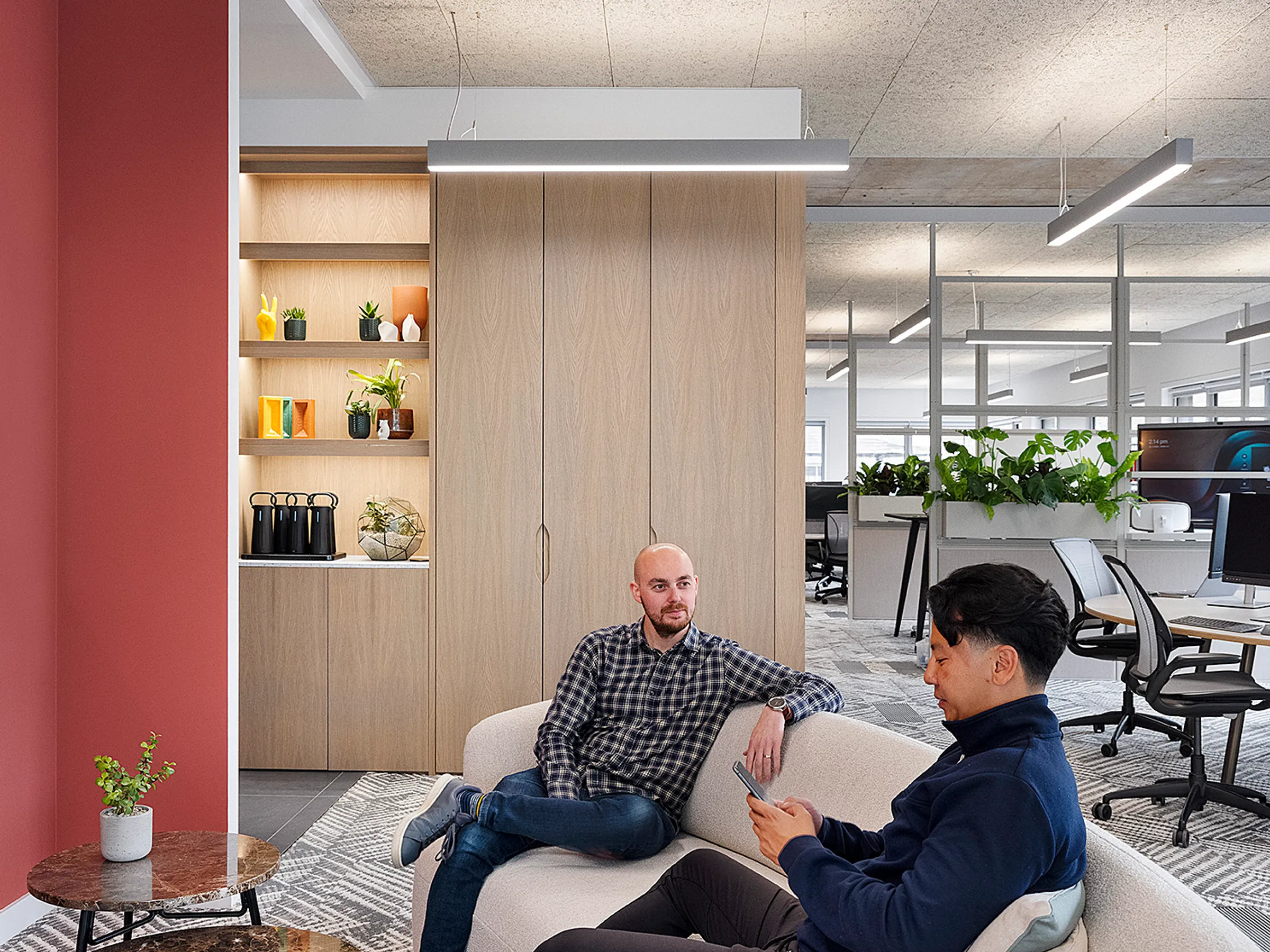
Technical Know-How
We’ve already touched on the use of CAD and 3D rendering software, but there are a few more tools and software platforms in a furniture consultant’s toolkit. Let’s go through them now.
Digital Tools Used by Furniture Consultants
Tool | Details |
Used for creating precise drawings in 2D and 3D formats, AutoCAD is a design staple. Furniture consultants use AutoCAD to create layouts and detailed furniture designs that form the basis of the project. | |
Revit is a 4D Building Information Modelling (BIM) software used by consultants to create layered designs that are highly detailed and incorporate architectural elements and furniture into the space for a holistic design projection. | |
Used to visualise the ways furniture fits into a space. It’s widely used in the industry for 3D modelling and is user-friendly. | |
Adobe Suite offers a multitude of tools for designers. Adobe Substance 3D Modeler is a modelling and sculpting application that can be used to create custom furnishing items. Take a look at the demonstration below for how to create objects in Adobe Substance. |
Physical Tools Used by Furniture Consultants
Tool | Details |
Fabric swatches | The touch and feel of fabric cannot be replicated in digital design, so having fabric swatches handy to show clients the texture of their furniture in real life is important. |
Colour samples | Using physical colour palettes to determine shades used in a space means the consultant can check the impact in the physical space under certain light and against permanent elements before committing. |
Scale models | Sometimes a physical scale model conveys the effect of furniture in a space better than any digital software. Sometimes, clients prefer a physical model to a digital one, so scale models are useful in this instance. |
Managing Client Expectations
The role of a furniture consultant in the client relationship balances between proactive communication, managing expectations, and expert guidance. The consultant must know how to take on board the opinions of the client to prioritise their requirements and expectations but also know when to push back with an expert perspective. It’s the responsibility of the consultant to ensure the best possible outcome of the workplace design project by marrying their own vision with that of the client, built on a framework of unmoveable metrics like budget and lead time.
So what skills does the consultant need to possess to maintain good client relationships and ensure the ROI of a furniture consultancy project?
Maintaining open lines of communication and providing consistent and regular updates.
Proactively seeking and evaluating feedback, implementing aspects of feedback and explaining why.
Using critical thinking to overcome design restrictions, constraints, and unforeseen challenges in opportunistic ways.
Creative problem-solving to seek out unique solutions that align with client expectations and fall within the boundaries of the project.
Lateral thinking to open the project up to new perspectives, unforeseen opportunities, and connections.
How can these skills be applied in the real world?
Skill | Application |
Client communication | Justifying the rationale behind the design choices and project direction. |
Critical thinking | Adapting to unexpected challenges in client requirements and availability of resources. |
Creative problem solving | Anticipating hurdles and proposing alternatives to keep the project on track. |
Project management | Coordination, prioritisation, and communication to oversee the project. |
Lateral thinking | Identifying opportunities that enhance the outcome of the project. |
Innovative Approaches in Furniture Consultancy
Innovation is essential to keep up with the constant revolution of furniture consultancy. Where consultancies compete to offer more cutting-edge design capabilities, future-proof solutions, and exciting creative approaches, it’s imperative to stay abreast and offer enticing USPs.
Tech Integration
Remote and hybrid working models adopted in 2020 propelled the evolution of technology in the workspace. Now, technology is not a luxury but a necessity for teams to work cohesively at all times, no matter where they are.
Our work with Leonardo in Newcastle challenged us to incorporate dynamic tech elements through bespoke, advanced furniture. This included sit-stand adjustable desks and a custom-made Lano Table created by Orangebox for their VC room, optimised for video conferencing. With privacy paramount in this workspace, we installed Air 20 Minipods created by Orangebox which featured glass and soft-acoustic panelling to create a serene and confidential work environment.
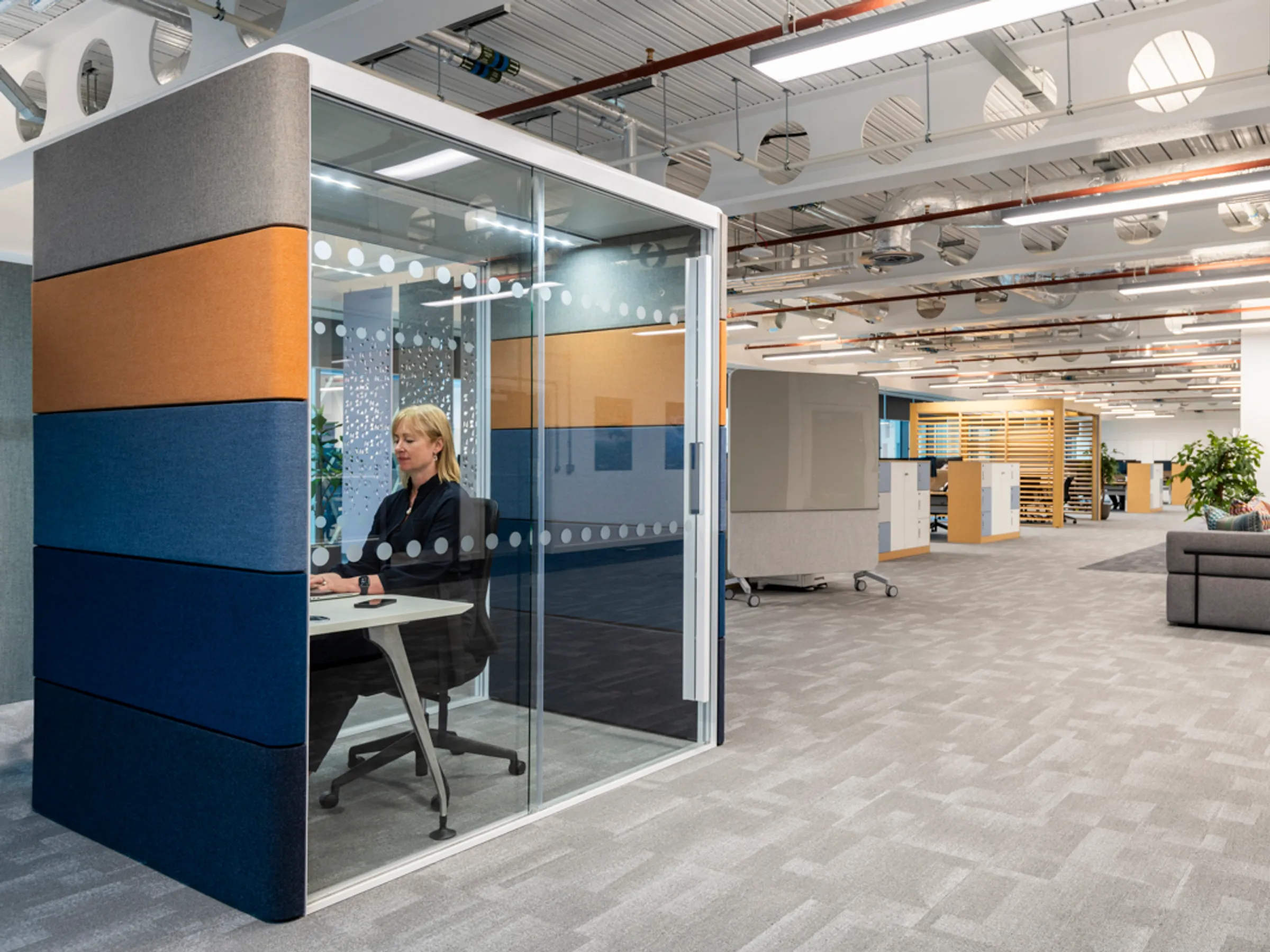
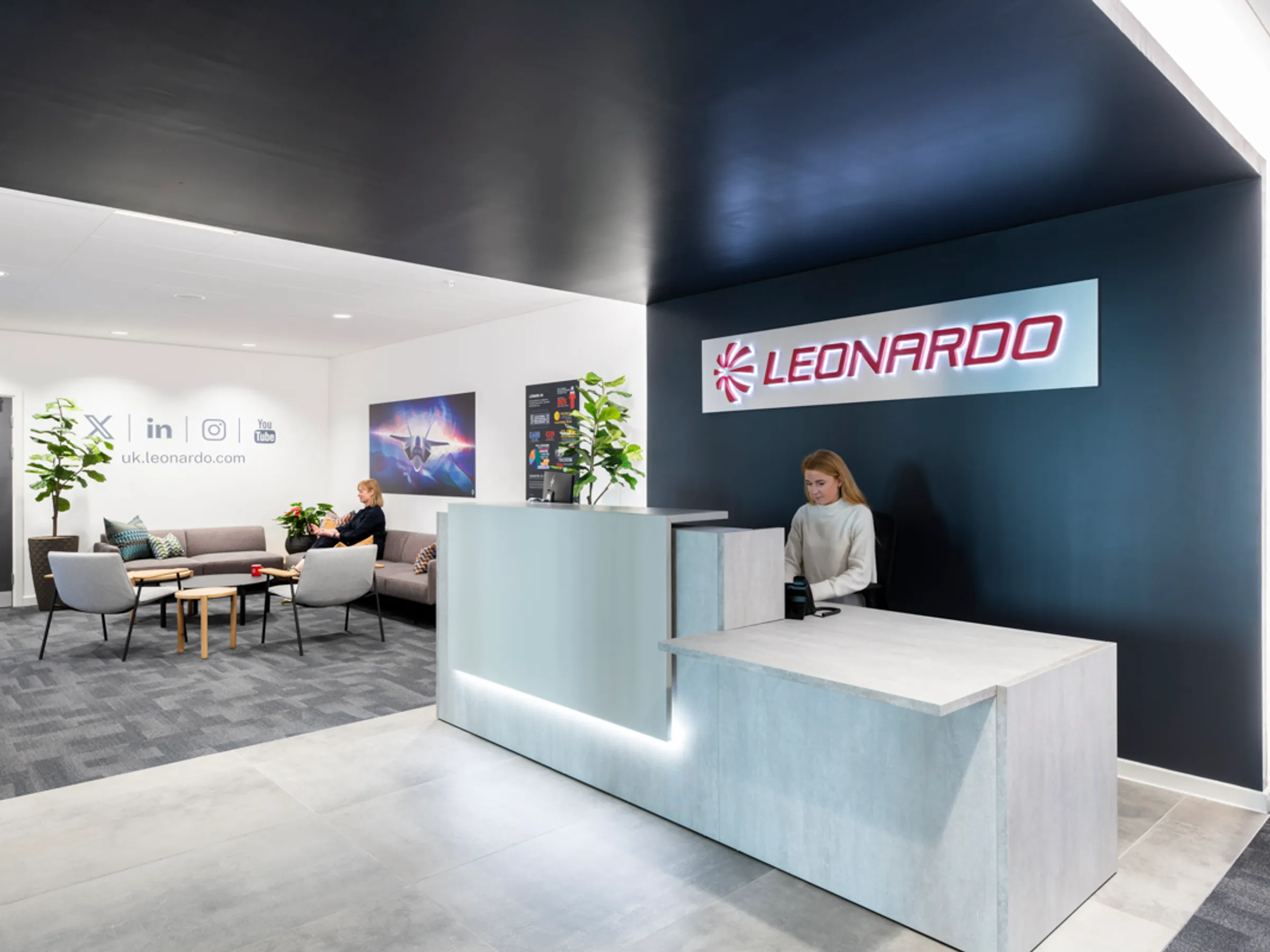
Ergonomics
More and more research is being conducted on the importance and impact of ergonomic furniture when it comes to the workplace. New designs that put employee comfort, accessibility, and health at the forefront are proving to create more productive, satisfied, and happy workforces.
Take a look at the work we did for London HQ which features height-adjustable desks, versatile workflows, and ergonomic chairs at the centre of a design approach that aimed to diversify tailored solutions to meet the needs of the team as a whole.
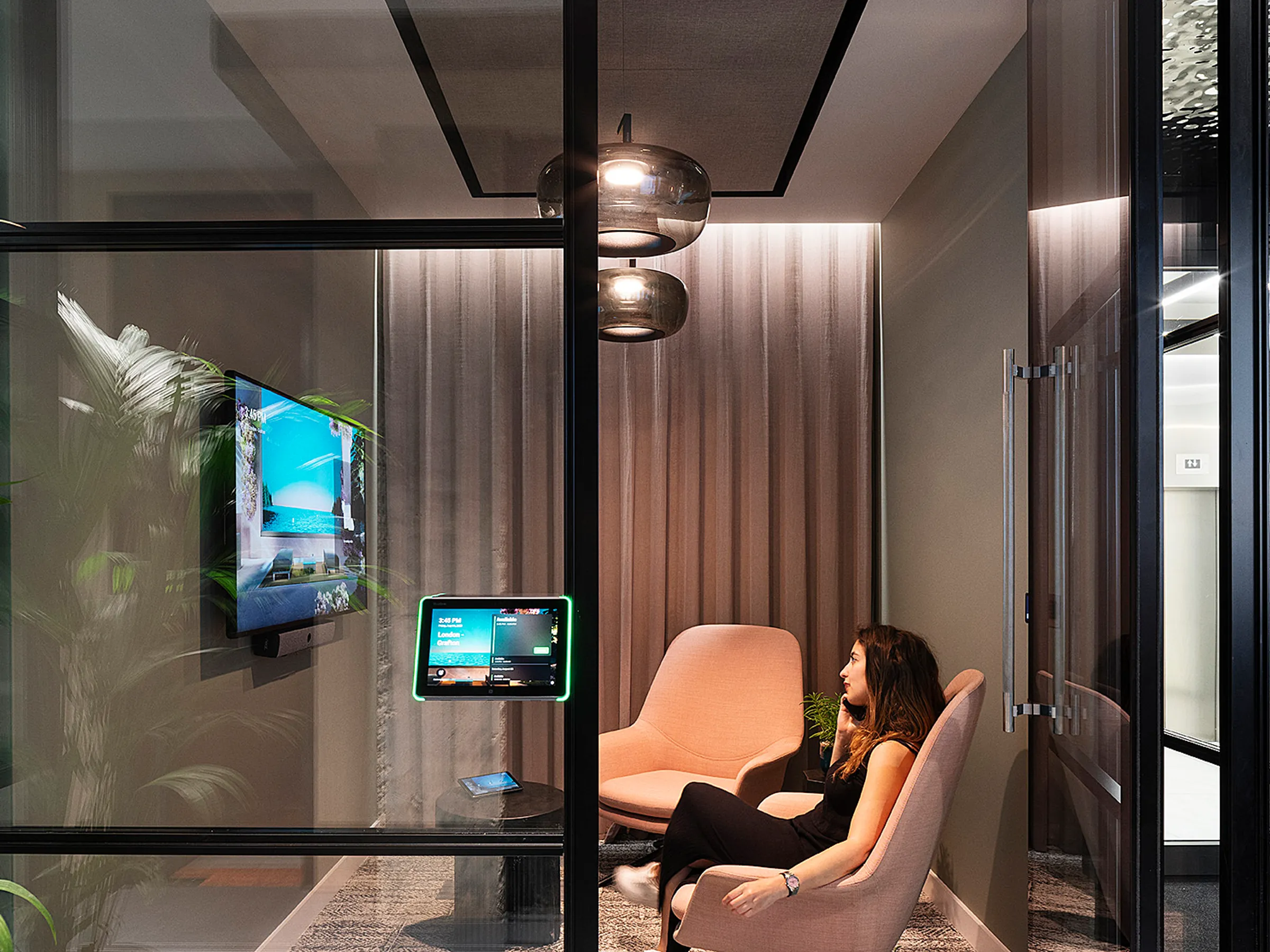

Sustainability
Sustainability in furniture consultancy is a value close to our hearts at Sketch Studios, but we’re not alone. An increasing number of companies are putting sustainability at the top of their priority list, and this practice starts in the workplace.
In furniture consultancy, sustainability needs to be considered through these approaches:
Material selection: are materials sustainably sourced, recyclable, and come from responsible suppliers?
Energy usage: do production methods reduce carbon footprint and energy usage?
Durability: how long will the furniture last for before needing to be replaced?
Environmentally friendly finished: do adhesives, finishes, and extra elements have a low environmental impact?
Recycling and repurposing: are their existing materials that can be repurposed to reduce waste in the project?
At the end of the day, no two furniture consultants have the exact same toolkit, it’s a rich and diverse portfolio of skills that develops over time and experience in the industry. Through a blend of experience, creativity, feedback, critical thinking, and insights into the industry, a furniture consultant can bring an invaluable approach to a furniture design project.
Our team of furniture consultants each has their own unique set of tools that make our projects so successful. Get in touch to find out how we could help you transform your workplace furniture.
Published on
February 21, 2024
Related Articles




